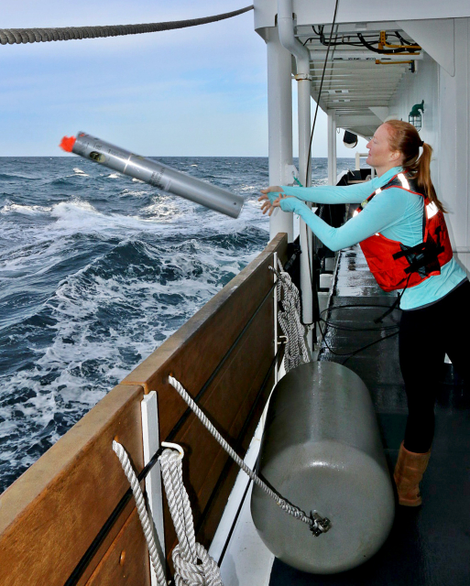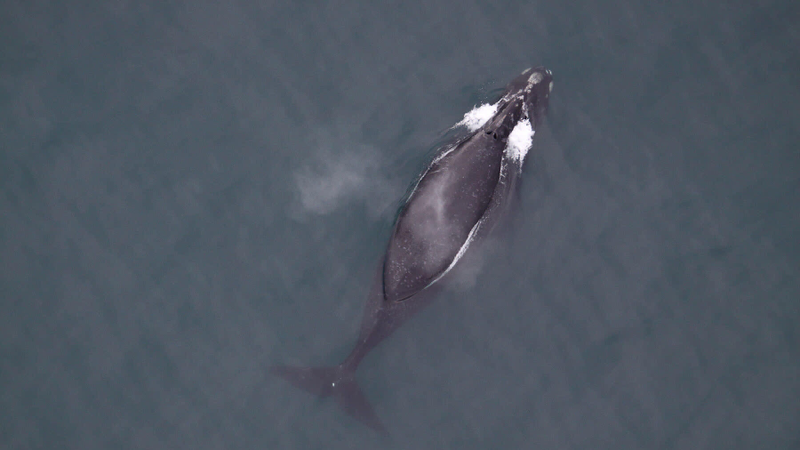For the first time ever, scientists have recorded the song of a right whale. And not just any right whale, but the rarest of them all. A team with the National Oceanic and Atmospheric Administration (NOAA) first heard the song of the North Pacific right whale in 2009, but they weren’t able to visually confirm what animal was making the sounds until 2017.
On Monday, the researchers finally published their findings in a paper, describing the repeating sound heard in the songs as gunshot calls, which have been recorded among various species of right whales before. What makes songs different, however, is that they are a regular pattern of calls.
Take a listen:
“The songs are comprised almost exclusively of gunshot calls,” said lead author Jessica Crance, a marine biologist with the Marine Mammal Lab at NOAA’s Alaska Fisheries Science Center, to Earther.
The gunshot calls are that thumping sound you hear throughout the first recording, in particular, and later in the second one. The sound is dramatically different than the more well-known groans we hear from a humpback whale or blue whale.
There’s a lot the biologists don’t know about these songs. Like, uh, their purpose. Whale songs are often believed to be a form of reproductive display, so that’s the working hypothesis. So far, only male right whales have been discovered singing, which means the scientists may be onto something. There’s also the question, though, if the North Pacific right whale has done this all along or if this is a new behavior.
The authors captured these songs over eight years in the southeastern Bering Sea by using sonobuoys, which can record sound underwater. The team was able to pinpoint four different songs that involved one to three different patterns of gunshot calls. It’s clear that this species of right whale is quite fond of that call. Throughout the study years, the songs remained unchanging, a finding Crance found incredibly exciting.

The endangered species is the rarest of all large whales, per NOAA. Fewer than 30 whales exist within the Bering Sea population, which makes the researchers wonder if this singing is a reaction to the animal’s fleeting numbers—a way to attract more mates now that there are so few. They really can’t know without more data on the types of behavior the whales exhibit while singing. That’s next on the team’s radar.
So is learning more about this right whale species’ behavior. All three right whale species are endangered. The North Atlantic right whale has seen a successful calving season this year—at least compared to years prior—but it’s still in danger. Could these whales be singing, too?
“The discovery almost raises more questions than it answers,” Crance told Earther. “Are other populations not singing, or has it not been discovered yet?”
